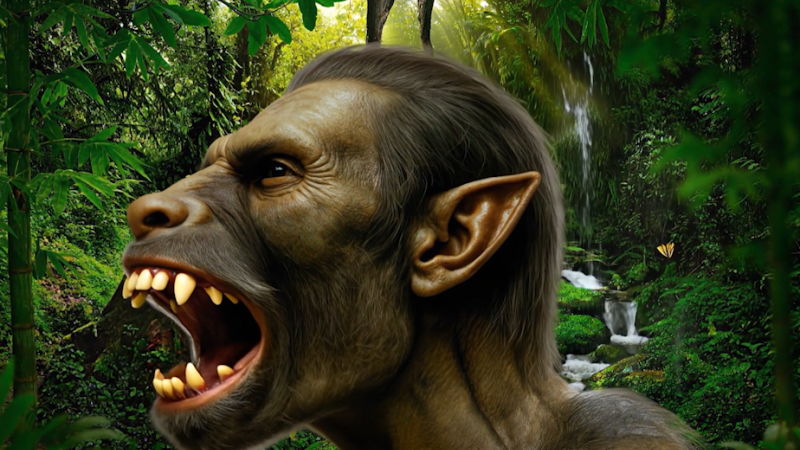The Real Dog-Man: Unmasking the Ancient Origins of Cynocephali

Throughout history, myths of half-human, half-canine beings—known as the Cynocephali—have echoed across continents. From Egyptian gods like Anubis to medieval European manuscripts, these creatures have appeared consistently in lore and legend, suggesting more than mere myth.
What if they weren’t just stories?
Cynocephali means “dog-headed,” and the term has been used in historical records as far back as ancient Greece. The physician Ctesias described a tribe of dog-headed people in India. But it was the famed Venetian explorer Marco Polo who reignited curiosity centuries later. In his travels, Polo claimed to have encountered a race of dog-headed men on an island off the coast of India, describing them as fierce warriors who barked instead of spoke.
Modern anthropology dismisses these accounts as misunderstandings or metaphors. Science maintains that no intelligent hominid species with canine features ever existed.

But we explored the fossil record with fresh eyes—looking not to confirm assumptions, but to spot anomalies. We searched for a species that matched the repeated anatomical motifs seen in the myths. One species stood out: Homo ergaster.
According to current scientific understanding, Homo ergaster lived over a million years ago and is considered extinct long before the emergence of written history. But we challenge that view.
The fossil record is not a complete timeline—it’s a fragmented archive. A few skulls in ancient sediment don’t define the lifespan of an entire species. Fossils show us where a species once lived, not how long it may have persisted. And certainly not whether it went extinct in some forgotten valley or remote island.
Coelacanth.
A creature believed extinct for 65 million years—until it was found alive.
That’s why we challenge the timelines.
When we examine prehistoric skulls attributed to Homo ergaster, some bear striking similarities to Cynocephali depictions—elongated snouts, shallow brow ridges, broad jaws. Could this be an evolutionary cousin—an upright, social, tool-using species with canine-like features?
A new visualization helps bring this theory to life. Below, we've overlaid a realistic digital reconstruction of a proto-hominid with canine features alongside a skull fossil—aligning eye socket, brow ridge, and jaw structure. The result is startling. Pointed ears, coarse hair, and an extended snout form a face that would have seemed mythic—yet plausible.

One overlooked trait is the presence of elongated, pointed ears—a detail seen in depictions from Egyptian and Indian lore. Our digitally reconstructed image overlays a fossil hominid skull with a speculative soft tissue profile, revealing ears that are neither fully human nor purely canine, but something in between. Such a structure could have served acoustic or expressive purposes, much like in modern canids. This feature appears repeatedly in mythological representations, lending more credibility to the idea that these weren’t symbolic flourishes, but remembered anatomy.

This image was created specifically to model the appearance of the Cynocephali, using anatomical features from ancient hominid skulls as the foundation for the reconstruction. The underlying skull used was from a specimen attributed to Homo ergaster.
Fact Check:
Homo ergaster is a confirmed species in the fossil record.
The digital reconstruction is based on actual skull proportions, with speculative additions only to soft tissue like ears and minor exaggeration in canine size.
Pointed ears occur naturally in a small percentage of modern humans.
In fractalism, we ask: what if myths are not archetypes, but echoes? What if the dog-headed gods of Egypt, the barking men of Marco Polo, and the mysterious upright canine creatures of Native American lore are all residual patterns from a forgotten branch of hominid evolution?
If humans evolved intelligence more than once in different forms, then Cynocephali may be real—not in legend, but in our deep biological past.


Leave a comment